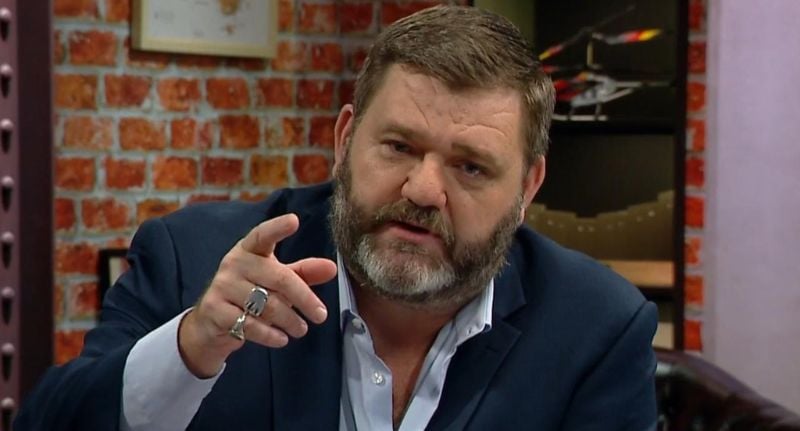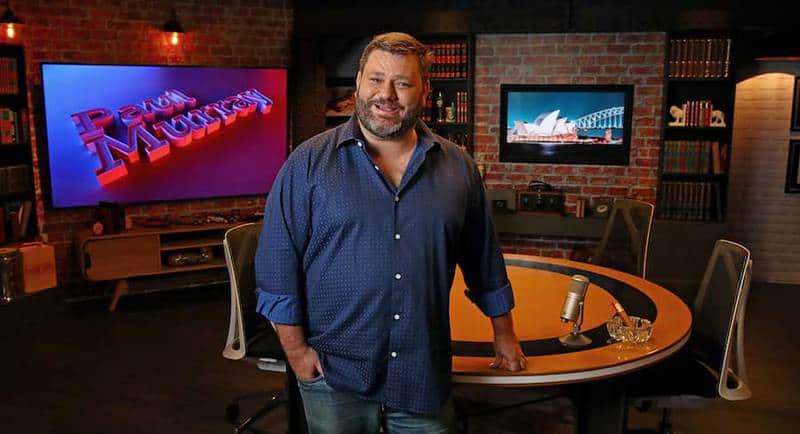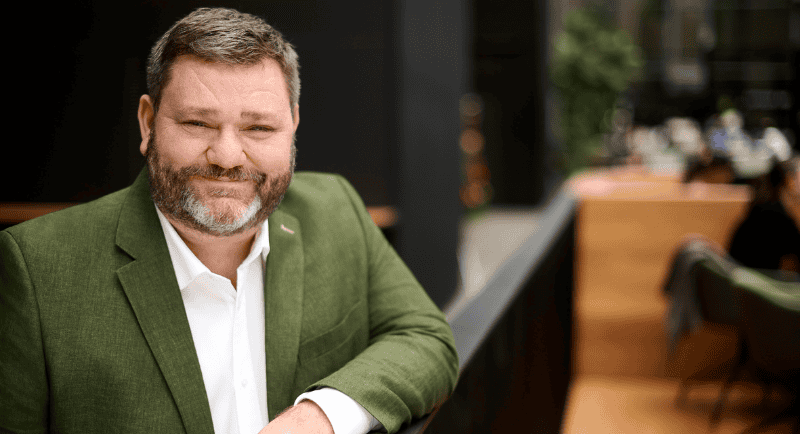Full disclosure: I spent time working on Paul Murray’s show about five years ago, specifically on the Pub Tests. The format took the program around the country – places like Nowra and Townsville – where local politicians joined a panel and the audience could question them directly. Audience spots were allocated on a first-come, first-served basis via email, a deliberately open and accessible process.
What struck me at the time wasn’t just the logistics – it was the people. The sheer number of them. Every stop felt like a community event more than a TV recording. I knew Murray was popular, but the level of interest went beyond ratings or political allegiance. It was emotional. It was local. It showed that, regardless of the criticism that often followed his opinions, he wasn’t just followed – he was genuinely embraced.
Fifteen years later, Murray still sees that connection as the centre of everything.
“If someone who works far harder than I do stops me in the street, sees me as a mate and feels seen themselves, that’s the win,” he told Mediaweek.
“I hope that run lasts another 15 years and more. I never want to lose that connection with people around the country – and it only ends when I do. I’m obsessed with investing in it.”
A primetime show that wasn’t meant to be a primetime show
Sky News Australia will celebrate the milestone with a one-hour anniversary special airing Wednesday 26 November at 9.00pm AEDT.
Hosted by Laura Jayes, the special traces how Paul Murray Live evolved from a lightly resourced experiment to one of Sky’s defining franchises.
In the beginning, the show wasn’t even given its own studio.
“The show started out on the side of the existing news set,” Murray remembers. It was a scrappy little project until executives Paul Whittaker and Mark Calvert decided to invest in it.
“They spent more than anyone had before to make it look unique. That’s when we got the man cave set – visually different, with plenty of angles and things to play with.”
That transformation wasn’t just aesthetic. It signalled trust – and Murray built on it.
“We’re punching out close to 300 shows a year. Multiply that by 15 and it’s a lot of shows,” he said. “Like anything in life, the older you get, the faster the years go. It feels like the blink of an eye.”
The slow burn of finding a voice
Those early years were awkward by Murray’s own admission. He wasn’t the blunt, high-confidence host viewers know today. He grew into it.
“In those early years, I grew in confidence about having an opinion,” he said. “Usually, opinion TV features hosts with no real opinion, who just throw to guests with a mild one, just so the host can say, ‘You can’t say that,’ and move on without offending anyone.”
His instinct was to flip the formula. “If the host is the most opinionated person on the show, then the guests either pull you into line or push you further.”
But he draws a clear line between opinion and arrogance. “I’m not saying my opinion is amazing or the only one that matters. I am who I am, I believe what I believe, and I can back it up. But I hope people listen to lots of voices and form their own opinions.”
That’s an ethos that shaped the show’s identity – opinionated, yes, but intentionally porous.

The Our Town factor – and the reality of being invited in
Paul Murray Live also left the studio, often, through the Our Town series. It took him to the communities that form the backbone of the audience he’s addressing each night.
“After 15 years, you’ve been in and out of people’s lounge rooms at all kinds of moments,” he said. “For some it’s, ‘Mate, you got me through COVID.’ For others it’s the elections, or when I head out to the bush.”
These encounters, he says, force humility.
“I’m not delusional – the audience isn’t Block-sized – but after 15 years it’s big enough that almost anywhere in the country, someone wants to stop and talk.”
That’s where Calvert’s early advice comes back to him. “Being in someone’s lounge room five nights a week matters. It’s their space, and they’re inviting you in.”
It’s clear the invitation means something to him. It’s also clear he doesn’t take it for granted.
Carrying the criticism
Opinion broadcasting inevitably brings pushback – sometimes fair, sometimes not. Murray has developed his own calibration over time.
“Most of the time it bounces off because they’re having a crack at the guy on TV, not the full version of you,” he said. “But every now and then, it hits the sweet spot.”
What he rejects outright is misrepresentation. “Sometimes what you say might obviously offend certain groups. But when someone claims, ‘It offends me because what he really meant was…’ no. That’s bulls**t. I get to decide what I meant.”
That plain-spokenness has always been Murray’s signature – on camera and, as anyone who’s worked with him knows, off it too.

A future shaped by family, tech and appetite
Despite hitting 15 years, Murray is already thinking about the next chapter, and his daughters loom large in the picture.
“My plan is to do this for the next stage of my life – talking about my girls growing up and me shifting from the freedom of youth into the responsibilities of Gen X and beyond.”
And even now, he’s still tinkering. “I’m always thinking about how to make the show better. I really do obsess over how we could say things differently, show things differently, and how new tech can get us there.”
He jokes that he’s “always been a bit old school,” even back in his Nova days. But that old-school core – a kind of analogue earnestness – is paired with a restless itch to improve.
Fifteen years in, Murray still feels like he’s in the warm-up lap. And for a show that began on the edge of someone else’s set, that’s an unexpectedly fitting place to be.
